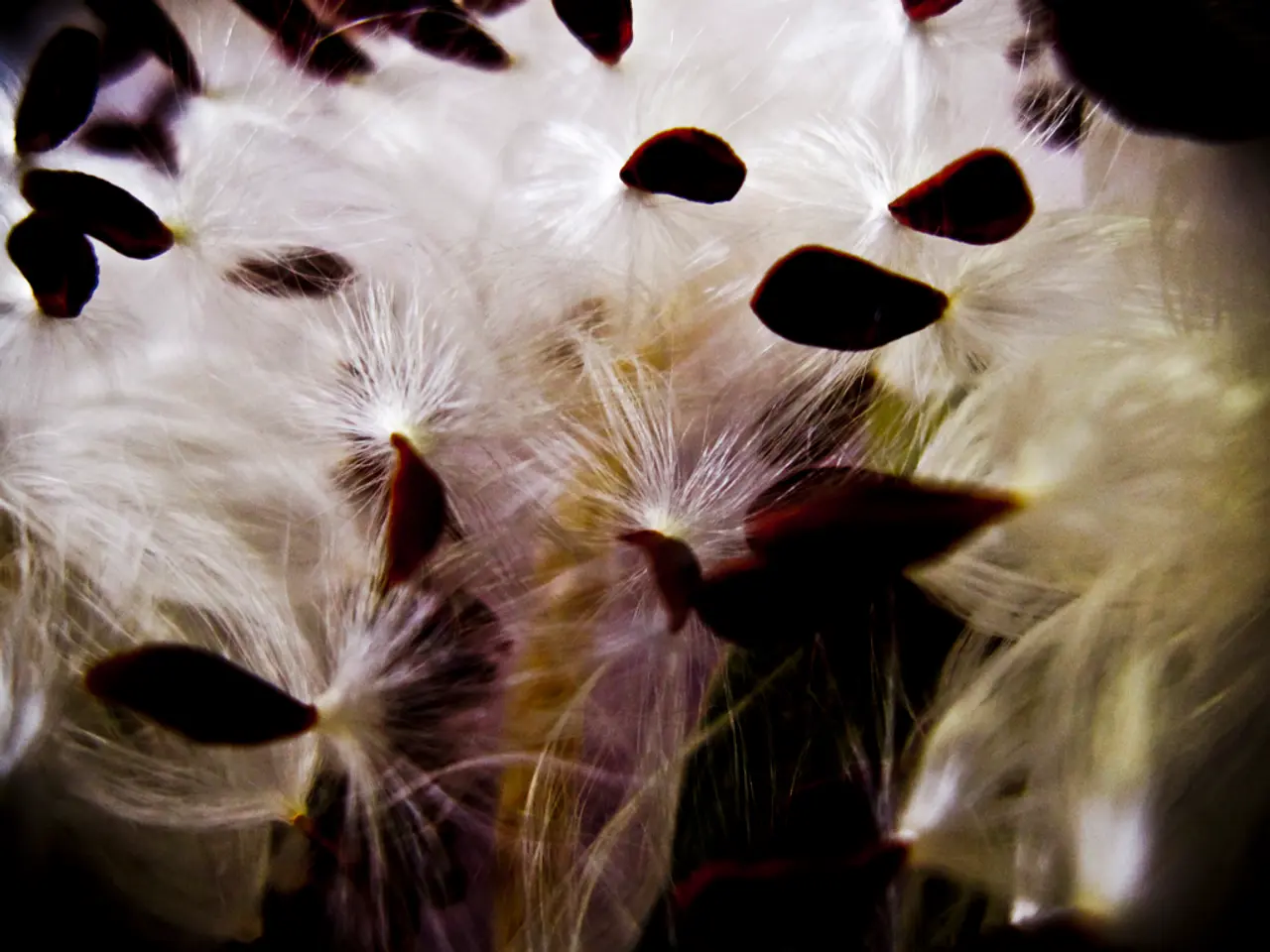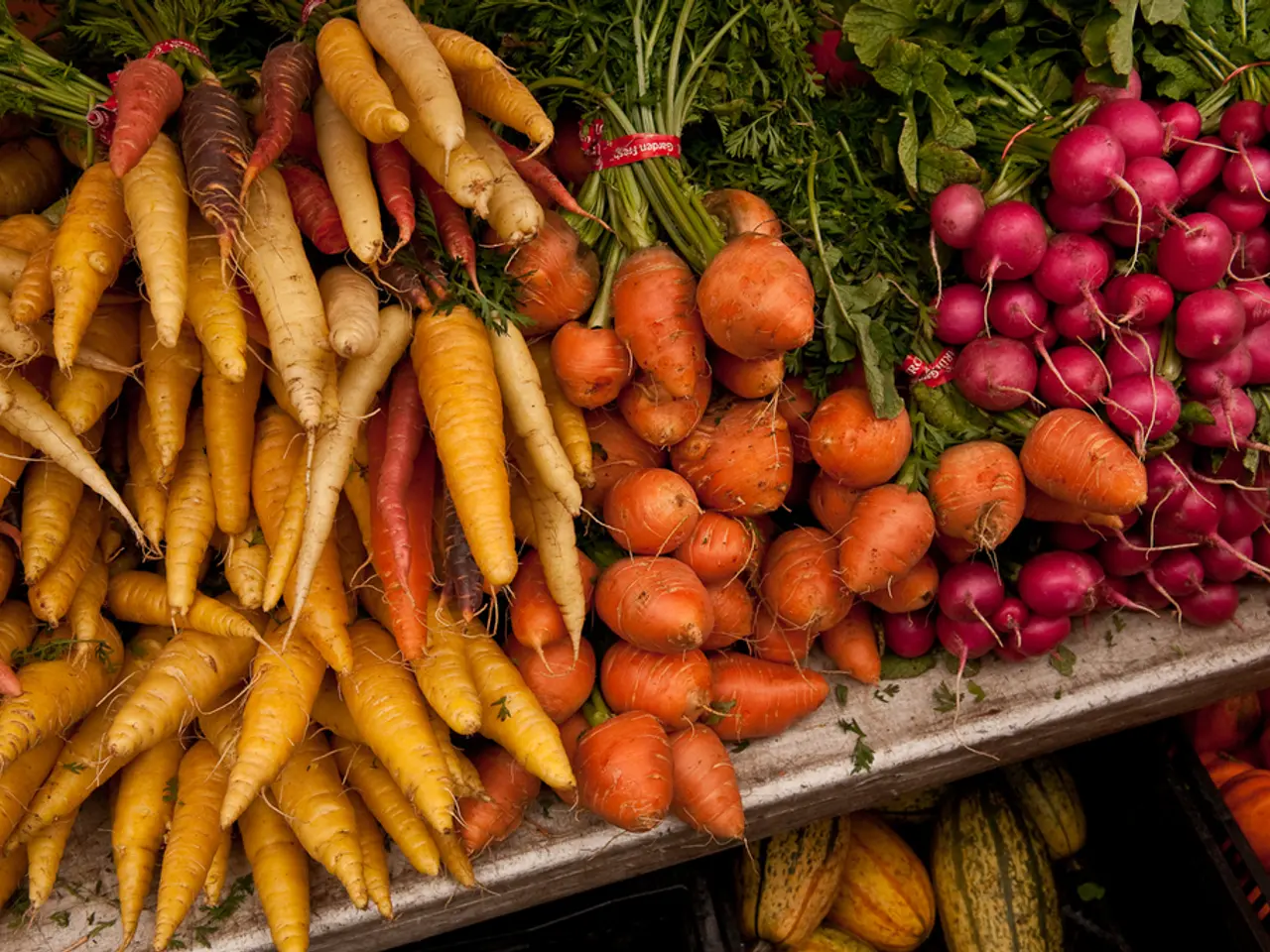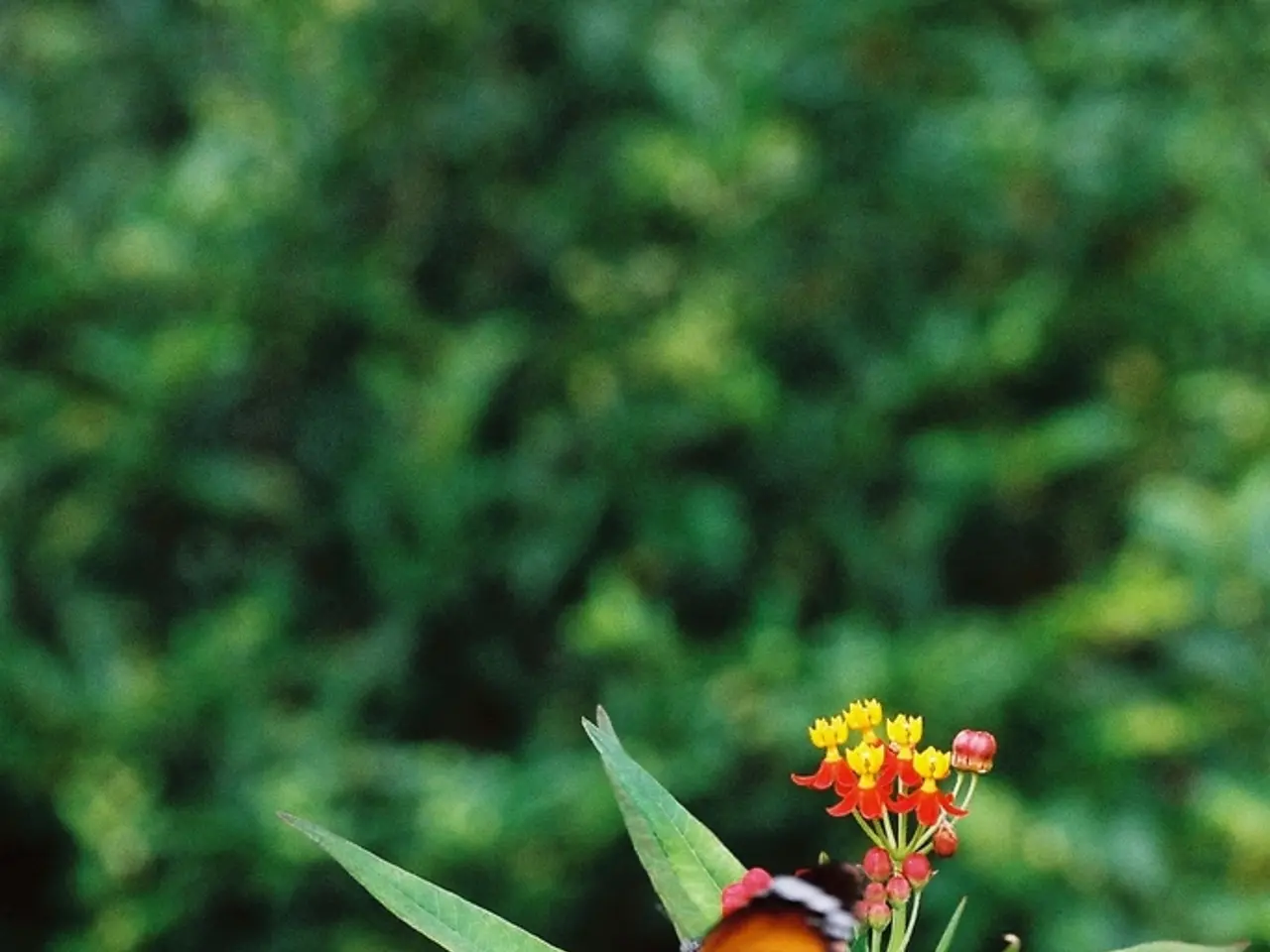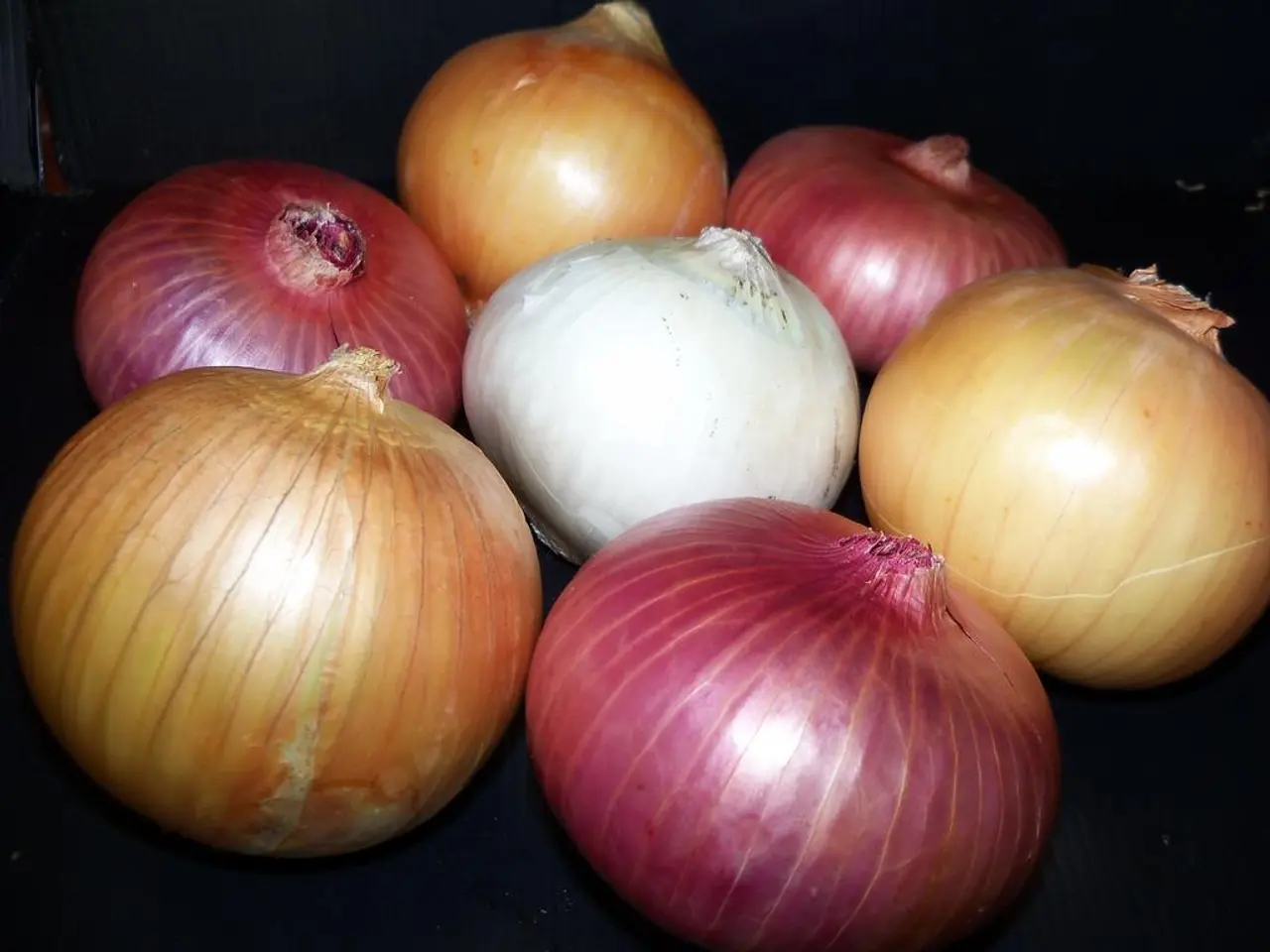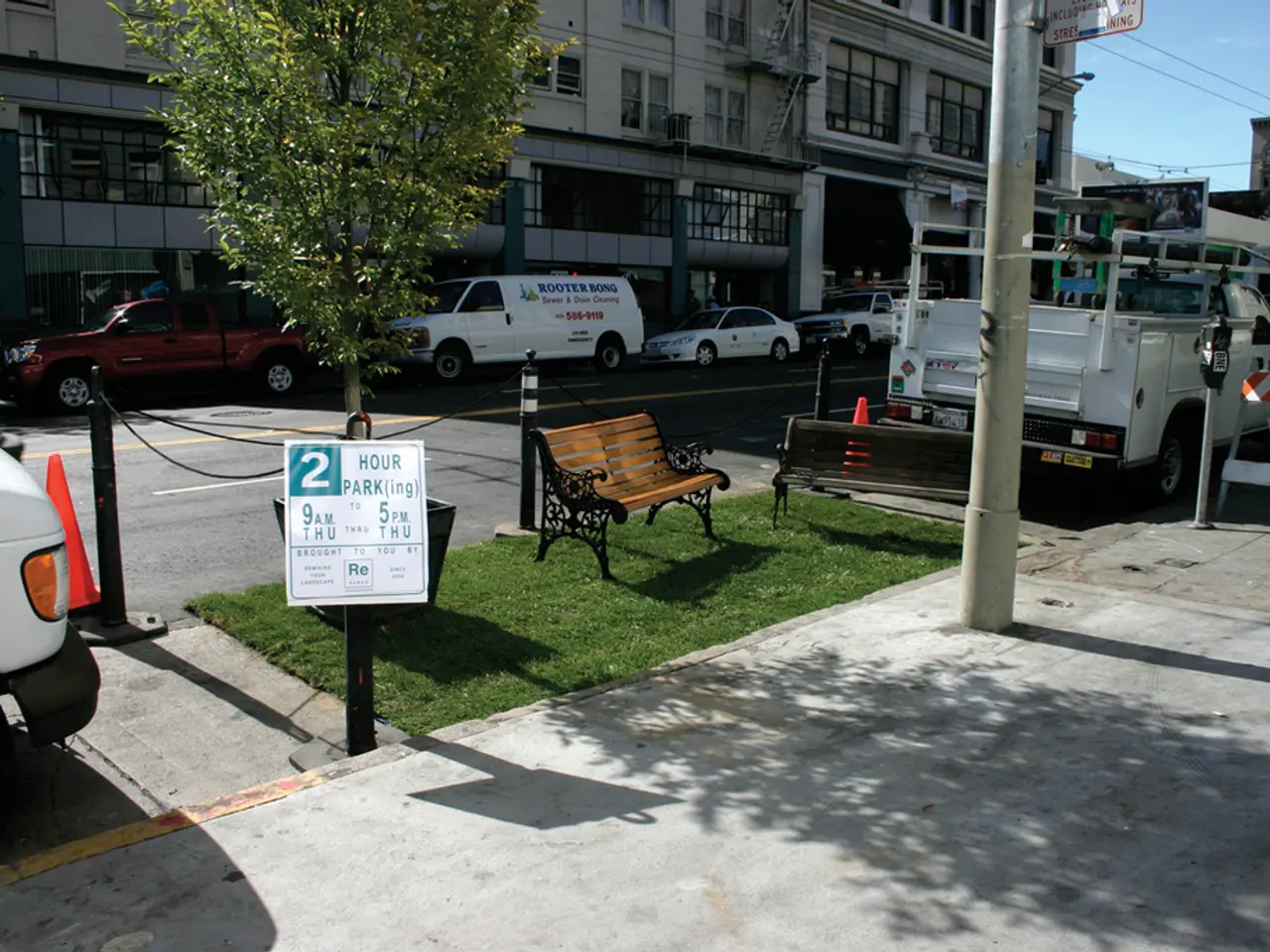Guide for cultivating periwinkle: A shade-loving vine-like plant that spreads well on the ground.
Unleash the Magic of Periwinkle: Your Ultimate Guide to Growing a Tough, Versatile Ground Cover
Embrace a plant notorious for its strength and adaptability - the periwinkle, or Vinca minor. Whether you're tackling that perpetual problem spot under a towering tree or breathing life into your darker borders, periwinkle's got you covered, come rain or shine.
For years, I tended to periwinkle in diverse gardens, from public to private spaces, and found it a reliable, low-maintenance addition that left a lasting impression. That said, keep in mind that periwinkle's got an aggressive, spreading personality - it can easily take over if left to its own devices. In several states of the eastern United States, it's been declared invasive, so make sure to consult with your local authorities before planting.
If you're craving Evergreen Ground Cover Plants that Can Thrive on Neglect and Drama, periwinkle might just be your new favorite plant. Let's explore everything you need to know to grow periwinkle this year.
The Art of Growing Periwinkle: A Step-by-Step Guide
Horticulturists from around the globe can't get enough of periwinkle, thanks to its ability to flourish under various conditions. Sun, shade, sandy or clay soil, hot or cold US hardiness zones - periwinkle plays the field with ease.
As it matures, this vigorous plant creates dense colonies that demand attention to prevent its domination. However, if you're hunting for pest-free, deer-resistant plants, learning to grow periwinkle might be a smart move.
The Perks of Periwinkle: Breaking Down its Growing Habits
Native to temperate regions across Europe, periwinkle is the epitome of a formidable ground cover plant. From US hardiness zone 3 to zone 9, periwinkle revels in spreading rapidly and enveloping large borders, slopes, and banks.
"While they can be grown almost anywhere, a few hours of sunshine each day will generate the best results," says plant expert Katie Sunderlage of Wisconsin. "They will tolerate shade, but remember that deep shade can cause them to get leggy and produce few flowers."
Armed with roots that explode from joints and leaf nodes, this tenacious plant quickly binds loose soil and even prevents soil erosion, making it a top choice for those with steep yards. Just remember to wear gardening gloves while handling periwinkle, as it has toxic properties that can cause skin irritation and sickness.
Bare root periwinkle plants, shipped without soil or pots, provide a wallet-friendly way to fill your garden with greenery. Plant outdoors in the spring or fall when temperatures are mild and the soil is moist.
Katie Sunderlage boasts an impressive career in the green industry, spanning 15 years and counting. She honed her skills in gardening centers and sales positions before joining the online retail platform at Holland Group, where she now serves as Operations Manager and oversees customer service.
Caring for Periwinkle: A Care Guide for the Unyielding Visionary
Soil: Periwinkle prefers most soils, but a well-draining soil will help your plants thrive. "The roots can rot if sitting in waterlogged soil for too long," warns Katie, "so improving the structure of clay-based soil through annual mulching is a good idea."
Light: Scorching sunlight can be harsh for periwinkle, so dappled sun or shade provides the optimal balance. If grown in full sun, appreciate that some leaves may turn pale green.
Watering: Although periwinkle is quite drought-tolerant, it benefits from regular watering during its first year as it establishes its roots. Once firmly established, it's a self-reliant, low-maintenance champ that needs little to no additional watering.
Fertilizing: "Periwinkle generally doesn't require fertilizer if planted in the proper conditions, notably growing even in poor soils," shares Katie. "If fertilizer is used, opt for a slow-release all-purpose fertilizer and apply it in the spring at half strength."
Pruning: Periwinkle's rapid growth demands regular pruning to maintain its size. Prune in the spring, cutting back aggressively to manage its spread. Some gardeners prefer to strim or mow on a high setting, but Katie suggests using pruning snips for precision.
Toxicity: "Periwinkle is considered harmful to humans, causing skin irritation and stomach upset if ingested," says Katie. "It is also toxic to dogs and cats, so keep an eye on your pets when they are frolicking in the great outdoors."
FAQs: Providing Answers to Your Burning Questions
Should I Grow Periwinkle from Seed or Buy Starter Plants?
"Periwinkle is readily available from plant nurseries, and smaller starter plants are a cost-effective way to cover a large area," suggests Katie. "Plant the smaller plugs outdoors after the last frost has passed in the spring when temperatures consistently hover above 60°F/15°F. If starting from seed, sow the seeds indoors 12-14 weeks before the last expected frost date." Vinca minor seeds are available online.
What is the difference between Vinca minor and Vinca major?
Both Vinca minor (periwinkle) and Vinca major (greater periwinkle) belong to the periwinkle family, although they boast slight differences in size and shape. Periwinkle sports smaller leaves and flowers compared to greater periwinkle. Both species are noted for their invasive tendencies, so always perform your due diligence before planting to understand the risks associated with either species in your area.
If you're concerned about invasive plants or weeds in your yard and seeking a low-maintenance alternative, consider growing wild ginger, a native plant that forms an attractive, carpet-like layer of green across much of North America during the spring and summer. So, gear up, green thumbs! It's time to embark on a botanical adventure with periwinkle, the tough, tenacious, and versatile ground cover plant.
To ensure a thriving Evergreen Ground Cover in your home-and-garden, consider the low-maintenance and pest-free Periwinkle, a fitting addition to your lifestyle. Known as Vinca minor, this garden tool thrives under various conditions, making it ideal for a wide range of plants and soil types. From selecting the perfect starter plants to mastering the art of pruning, unveil your green thumb with this unyielding visionary.

